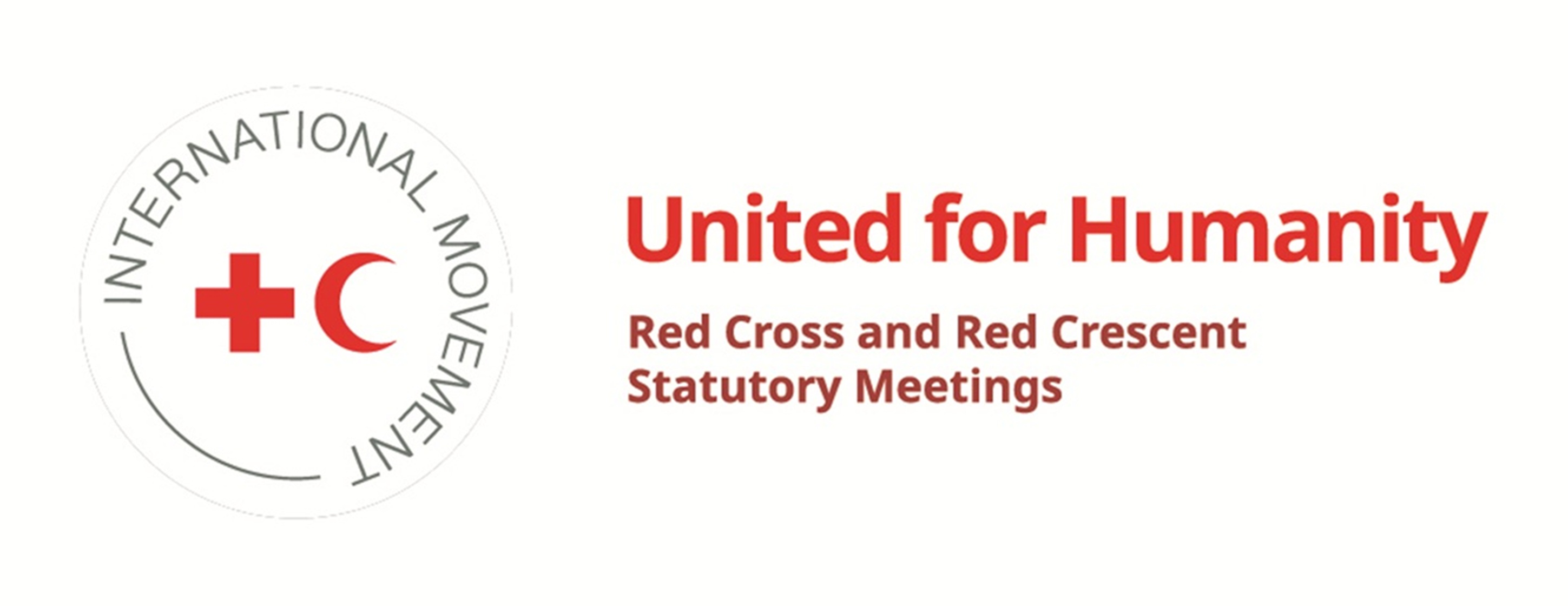Actions taken:
The National Societies in South Eastern Europe, including Türk Kızılay (the Turkish Red Crescent, TRC), united in the Neighbours Help First network (NHF network), share a common background and face similar challenges. In recent years, the Network have strengthened their regional cooperation, especially in response to various humanitarian emergencies. Reflecting this collaboration, these National Societies are committed to strengthening cooperation in a spirit of solidarity, using best practices from the International Federation of Red Cross and Red Crescent Societies (IFRC), the International Committee of the Red Cross (ICRC) and other National Societies. The Network focus in particular on disaster and crisis preparedness, response and recovery. With a focus on standardising learning and training for Red Cross and Red Crescent staff and volunteers in emergencies, the NHF Network is committed to mobilising additional resources to support National Societies in need. In line with the purpose of the network, Türk Kızılay has been an active contributor to the network.
Upscaling the capacity of South-eastern European National Societies in crises and disaster preparedness, response, and recovery is critical due to the region’s high susceptibility to natural disasters, such as earthquakes, floods, and wildfires, which can have devastating impacts on communities. Enhancing these capacities ensures a more resilient and rapid response, minimizing human suffering and economic losses while safeguarding livelihoods. The combination of these factors and the region’s strategic location has resulted in the organic development and growth of this network. By sharing knowledge, resources, and best practices with neighbouring South-eastern European countries, including contributions from Türk Kızılay, National Societies can help foster a collaborative regional approach. This synergy not only strengthens overall disaster resilience but also promotes greater regional stability and cooperation.
Türk Kızılay plays a pivotal role in this initiative, bringing its extensive experience and resources to the forefront. By actively participating in and supporting these efforts, Türk Kızılay enhances the collective capacity of the network, offering valuable insights and aid derived from its long-standing tradition of humanitarian assistance. Such a partnership, with Türk Kızılay as a key player, is vital for creating a more robust and interconnected network capable of effectively managing and mitigating the impacts of future crises and disasters, ensuring that the region can face these challenges with enhanced preparedness and coordinated response efforts.
TRAINING
The “Neighbours Help First” Emergency Response Field Exercise took place under realistic field conditions in October 2022, orchestrated as part of the Croatian Red Cross’ National Emergency Response Team’s comprehensive emergency response exercise. This event featured a dynamic, real-time scenario focused on responding to floods in a border area. The exercise encompassed a broad range of critical tasks including needs assessment, psychosocial support, logistics support, humanitarian relief warehousing and distribution, health services (first aid), water rescue operations, and tracing (Restoring Family Links) activities.
Participating National Societies had the flexibility to deploy specialized or mixed teams and equipment based on their specific areas of expertise. The Croatian Red Cross ensured all teams were actively engaged in the scenario. Representing Türk Kızılay, seven technical staff members and two senior executives took part in this significant exercise, contributing their expertise and collaborating closely with other participating teams.
VOLUNTEER ACTIVITIES
Significant Statistics on Volunteer Activities for 2019-2020-2021
2019
25 Disasters
372 Volunteers
2020
29 Disasters
103.621 Volunteers
2021
68 Disasters
13.731 Volunteers
In 2019, there were 25 disasters, with a total of 372 volunteers participating in response efforts. The following year, 2020, saw an increase in both disasters and volunteer involvement, with 29 disasters occurring and an impressive 103,621 volunteers stepping up to aid in disaster response. In 2021, the number of disasters more than doubled to 68, though the number of volunteers involved that year decreased to 13,731. This fluctuation in volunteer numbers despite the increase in disasters suggests a varying capacity for volunteer mobilization and possibly differing levels of disaster impact and response requirements each year. Overall, the data highlights the dynamic nature of volunteer engagement in disaster response and the critical role volunteers play in addressing such emergencies.
Number of Trained Volunteer Disaster Leaders
2021
50 Volunteers
2022
124 Volunteers
2023
140 Volunteers
The number of trained volunteer disaster leaders has shown a significant upward trend over the past three years. In 2021, there were 50 volunteers who had undergone training to become disaster leaders. This number more than doubled in 2022, reaching 124 trained volunteers. The growth continued into 2023, albeit at a slower pace, with the total number of trained disaster leaders increasing to 140. This consistent rise reflects a growing emphasis on disaster preparedness and community resilience, ensuring a larger pool of capable individuals ready to lead and manage disaster response efforts effectively. The expanding cadre of trained volunteers is a positive indicator of improved readiness to handle emergencies, benefiting both the communities they serve and the overall disaster response infrastructure.
Significant Statistics on Volunteer Activities for 2023
The Number of Volunteers Who Served in the Field During the Kahramanmaras Earthquake (Person/Days): 227.984 Volunteers
In 2023, volunteer activities reached a remarkable level of engagement, particularly highlighted by the response to the February 6 earthquake. During this critical period, an impressive total of 227,984 volunteers served in the field, measured in person/days. This substantial mobilization underscores the extraordinary commitment and readiness of volunteers to support disaster-stricken areas. The sheer scale of volunteer participation not only provided crucial immediate relief and assistance but also demonstrated the strength of community solidarity and the effectiveness of organized volunteer networks. This massive turnout of volunteers played a pivotal role in the disaster response efforts, offering essential services, aid, and support to affected populations, thereby significantly contributing to the overall resilience and recovery process.
CONTRIBUTIONS
In light of the significant challenges arising from the numerous disasters that occurred in 2023, a comprehensive membership fee payment totaling 2000 Euros has been made, effectively covering the dues for both 2023 and 2024.




